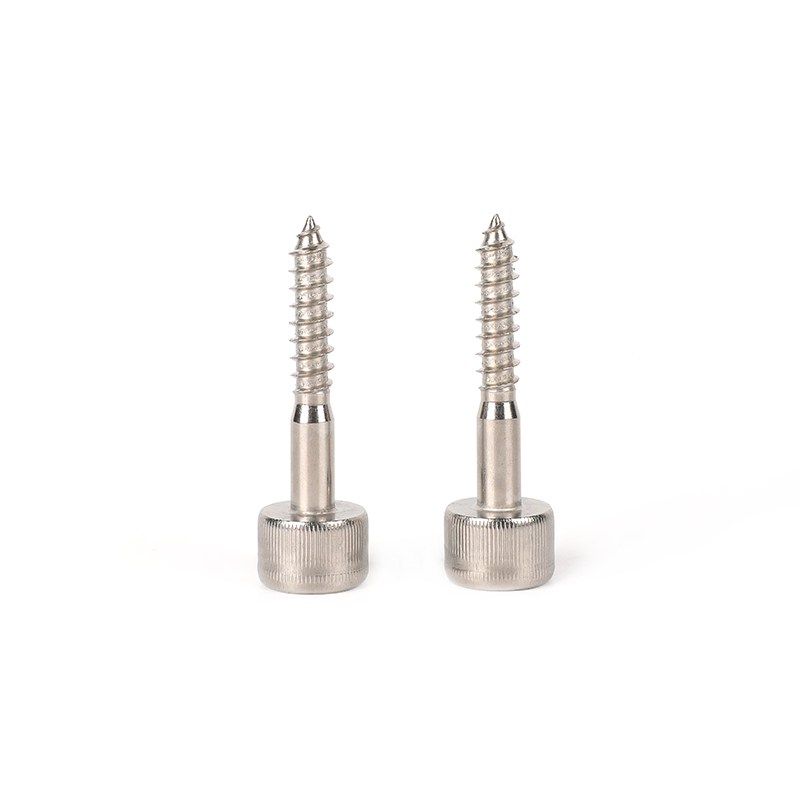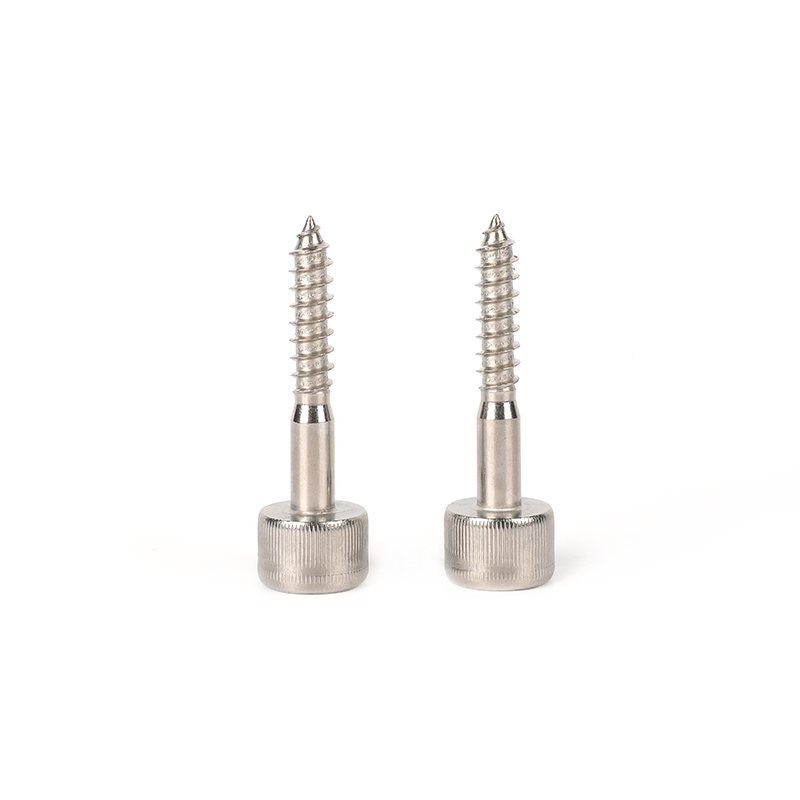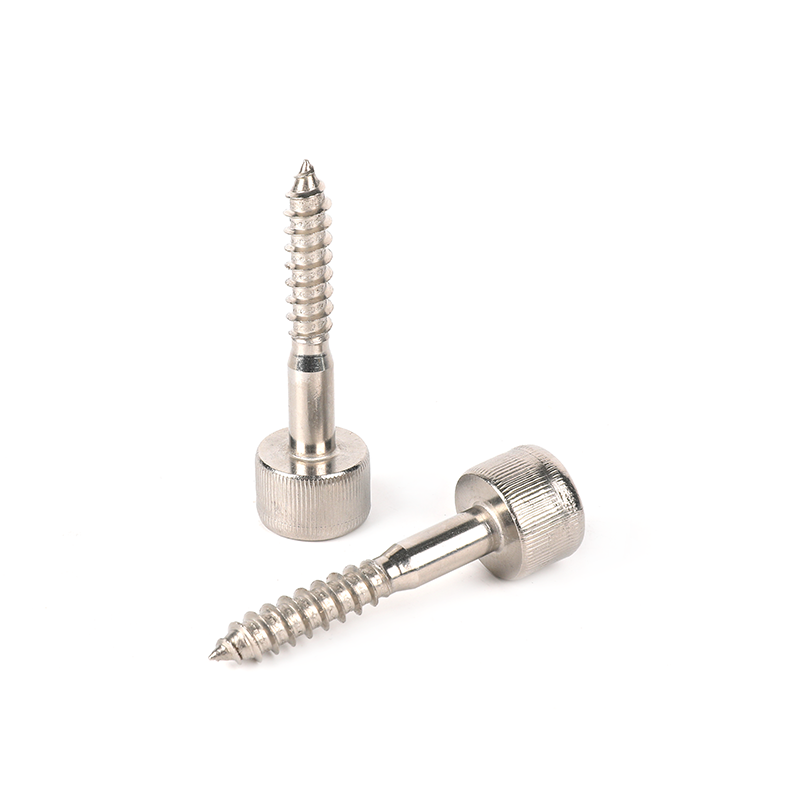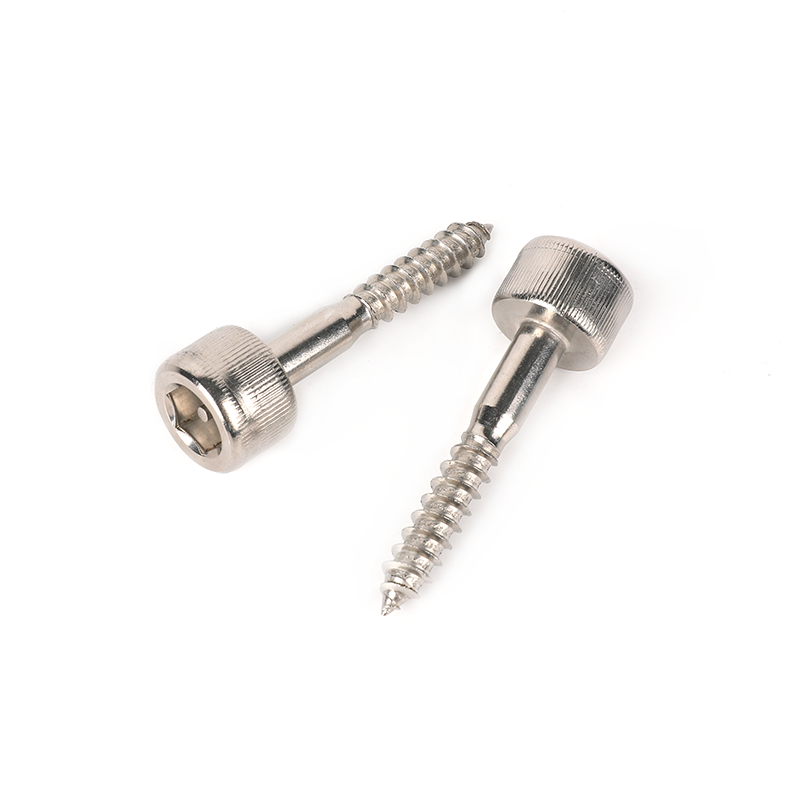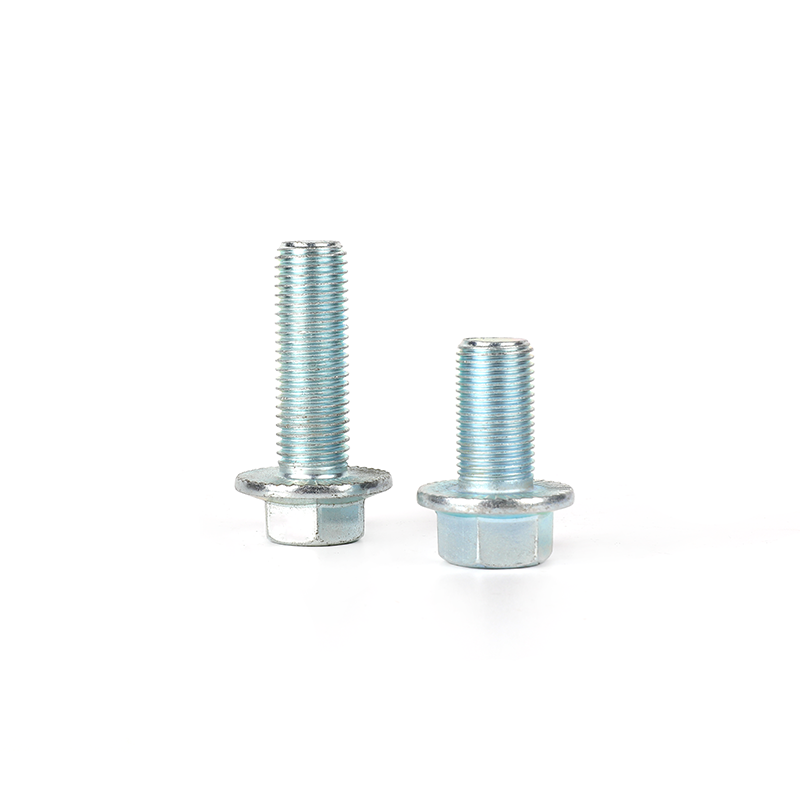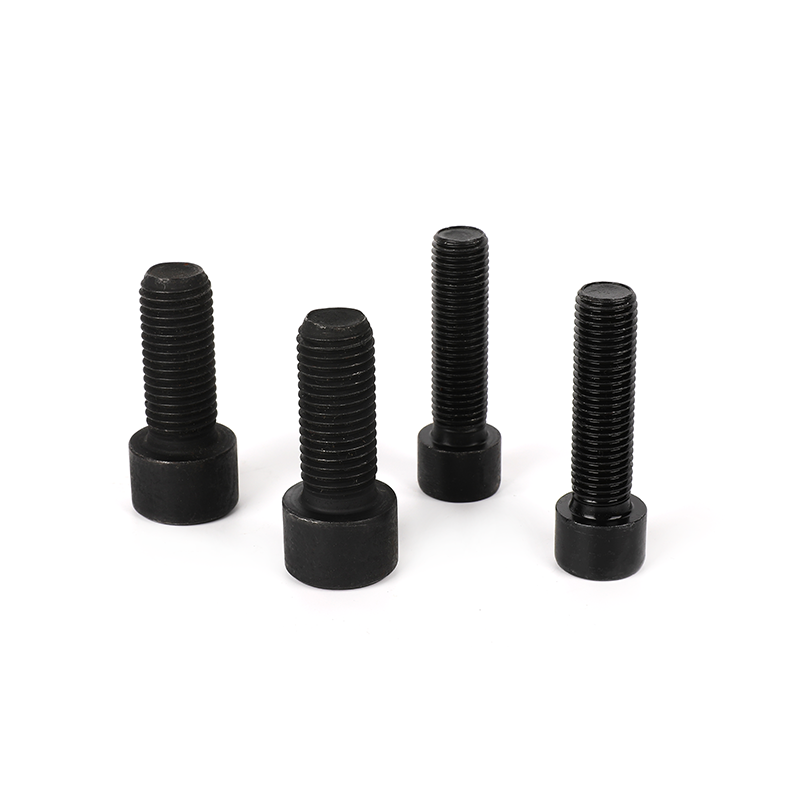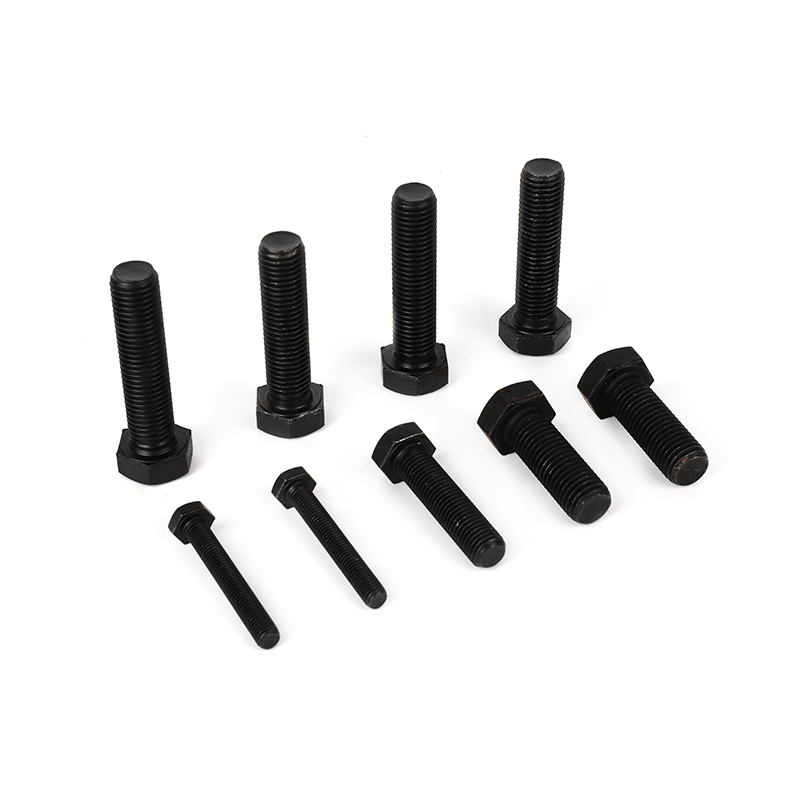How is the load-carrying capacity of non-slip cap hexagon socket screws determined?
The load-carrying capacity of
non-slip cap hexagon socket screws is determined through engineering calculations and testing. Several factors contribute to the overall load-carrying capacity, and understanding these factors is essential for accurate assessment. Here are key considerations in determining the load-carrying capacity:
Material Strength:The material strength of the non-slip cap hexagon socket screws is a critical factor. Different materials have varying levels of tensile and shear strength. Engineers consider the ultimate tensile strength (UTS) and yield strength of the material to understand its load-bearing capability.
Thread Engagement:The depth of engagement of the threads plays a significant role. A deeper thread engagement generally results in a higher load-carrying capacity. Engineers assess the thread pitch, major and minor diameters, and the overall thread design to calculate the load-carrying capability.
Thread Friction:The friction between the threads influences the load-carrying capacity. Engineers consider the coefficient of friction to understand the resistance to motion along the threads. Proper lubrication or coatings can impact thread friction and, consequently, the load-carrying capacity.
Bearing Surface:The bearing surface between the screw and the mating component is crucial. Engineers evaluate the contact area, the type of contact (point contact or surface contact), and the material properties of the bearing surfaces to determine load distribution and capacity.
Non-Slip Cap Mechanism:The design and effectiveness of the non-slip cap mechanism play a role in load-carrying capacity. Engineers assess how well the non-slip feature prevents rotation or loosening of the screw under applied loads.
Torque and Preload:The applied torque during installation results in a preload force on the screw. Engineers analyze the relationship between torque, preload, and the resulting clamping force. This clamping force contributes to the load-carrying capacity.
Installation Conditions:The conditions under which the screws are installed, including torque application, surface preparation, and environmental factors, can impact load-carrying capacity. Proper installation procedures are crucial.
Testing and Standards:Load-carrying capacity is often verified through testing according to industry standards. Engineers may conduct tensile, shear, or other relevant tests to determine the screws' performance under various load conditions.
Finite Element Analysis (FEA):Finite Element Analysis is a computational method used to simulate and analyze the behavior of the screws under different loading conditions. FEA provides insights into stress distribution, deformation, and failure modes.
The load-carrying capacity is not a fixed value but depends on the specific conditions and requirements of each application. Engineers follow established engineering principles, conduct tests, and adhere to industry standards to ensure that non-slip cap hexagon socket screws are designed and selected with a sufficient margin of safety for their intended use.

